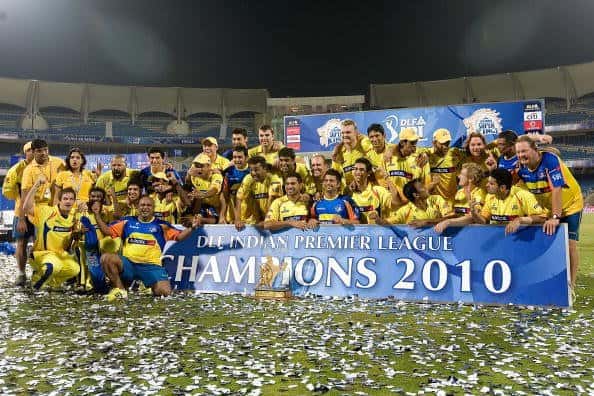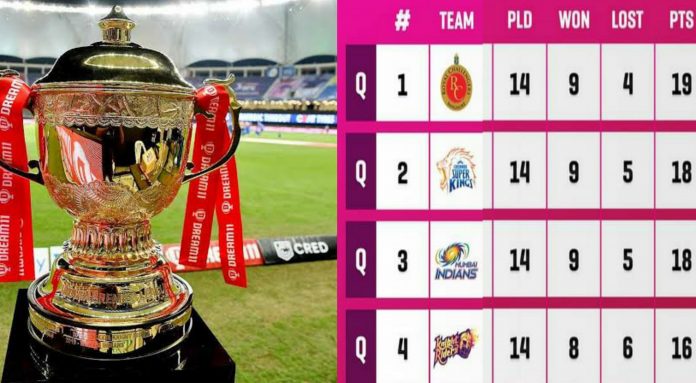It has been confirmed that IPL will include two additional teams in 2022. Hence, IPL from next year will be a 10-team affair. Although there were rumors that this change would be active before the upcoming season, owing to the limited time available, the idea has been pushed to 2020.
It is not the first time that IPL will have ten teams. Back in 2011, two new teams were thrown into the mix. In that case, the two squads were Kochi Tuskers Kerala and Pune Warriors India. However, due to multiple controversies, IPL was not able to continue with these two franchises. IPL then became the normal eight-franchise tournament.
In this article, we tell you five changes that BCCI had done to accommodate ten teams in 2011. Most likely, we could see these reformations in 2022 as well.
1. Ten Teams Divided Into Two Groups


If there are eight teams in the competition, as per the current format, a total of 60 games take place every season. However, if two additional teams also participate, the count would increase to 94. This could be heavy on both the players and the consumers. Hence, BCCI decided to go ahead with the group system to reduce the number of encounters. The ten teams were divided into two groups of five squads each. A format was devised wherein 74 games were enough to complete the edition.
2. Games Against Teams In Same Group And The Other Group
Now, IPL is a tournament wherein each franchise has its own separate massive fanbase. On a couple of occasions, there are mutual fans of two teams as well. Most importantly, there are matchups and in-the-game battles in IPL that are box-office elements. Now, who would want to miss Virat and MSD going to toss together or a guy like Bumrah bowling to a batsman like ABD. If teams are in groups, there is a risk that one team cannot face all the other teams in the competition. However, BCCI used a unique format where this was made possible.
3. The Row & Column System
This was one of the most unique changes by BCCI to accommodate ten teams. Based on a draw, teams were put in five rows and two columns. The two columns meant two different groups. The format was such that teams would play two games against teams in the same column and in the same row. Only one game would be played against the team in the other column and in different rows. Hence, a single franchise plays five different teams twice and four squads on one occasion.
4. The Page Playoff Format
With a slightly complex group format, it would have been harsh for the big teams to lose the semi-final and exit the tournament despite doing well in the league stage. Hence, BCCI made use of the page-playoff system. Instead of two semis and a final, there was one qualifier and two eliminators before the summit clash. This way, teams that do well in the league phase get an extra chance. Of course, as we are aware, this format is active even now.
5. Increase In Squad-Strength
Of course, with more games, fatigue and injuries could come into the picture. With two extra squads in place, it might also be necessary to have more players to satisfy the tactical purpose. Hence, BCCI increased the maximum squad strength for each franchise to 33. It was 30 for the first three seasons. Although most teams did not utilize it, having three additional slots can become helpful at the auction-table when a talented player becomes available for a cheap price. In 2022 too, if not 33, we might at least see the squad strength raised to a minor extent.




